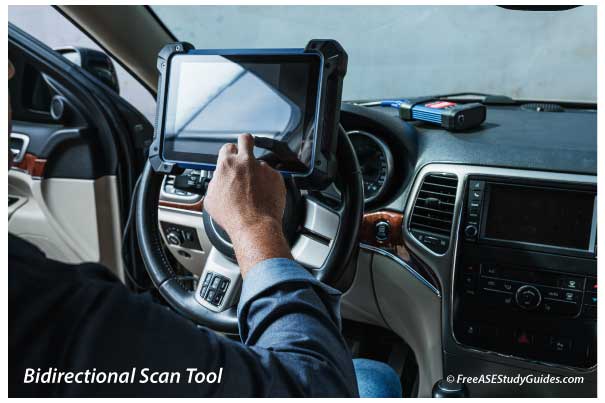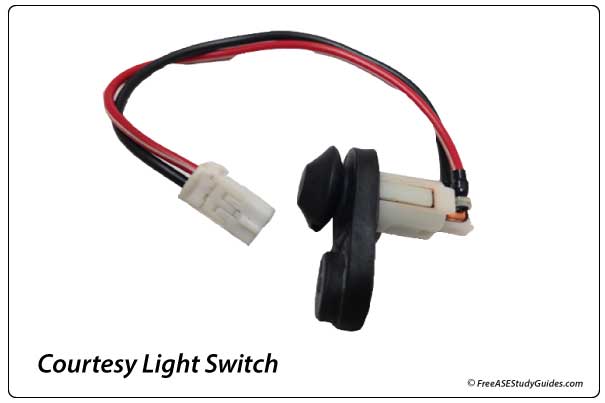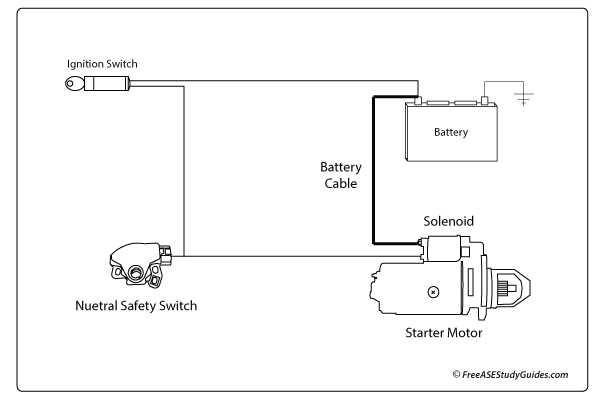Automotive Alarm Systems

Troubleshooting automotive alarm systems can be a daunting task. It's especially true if it's a factory or aftermarket alarm system with no installation information. Factory alarm systems typically incorporate the control module into the BCM or PCM.
Aftermarket alarm systems provide a control module that taps into circuits and switches for anti-theft protection. Both alarm systems use some of the same components, switches, and circuits.

Control Module: A pin diagram is necessary to diagnose the module for input and output information. Not all scan tools can provide information about the factory alarm systems. Check looms and harnesses fastened to doors and trunk hinges for wear and wiring concerns.

Switches: The courtesy light switch illuminates the dome light and informs the anti-theft system if someone opens one of the doors. Courtesy light, trunk, and hood switches are simple on/off switches that can become faulty and wreak havoc on the security system. A loose trunk, hood, or door hinge could cause intermittent problems. All three of these switches are used to prevent unauthorized entry.
If the switch is stuck open, the alarm may not be set and remain unarmed. The switch controls the dome light that can drain the battery if left illuminated. An intermittent problem with a courtesy light, trunk, or hood switch can cause problems with the alarm system. The faulty switch may cause the alarm to activate on its own.

Ignition Switch: Alarm systems use the ignition switch to disable the starting system. Splicing into the ignition switch provides access to aftermarket systems. This installation takes patience. Working in uncomfortable positions for long periods can make installation more difficult. It's essential to take the time to splice it into a wire soldier and insulate it to provide a good connection that doesn't fail or result in an intermittent connection.